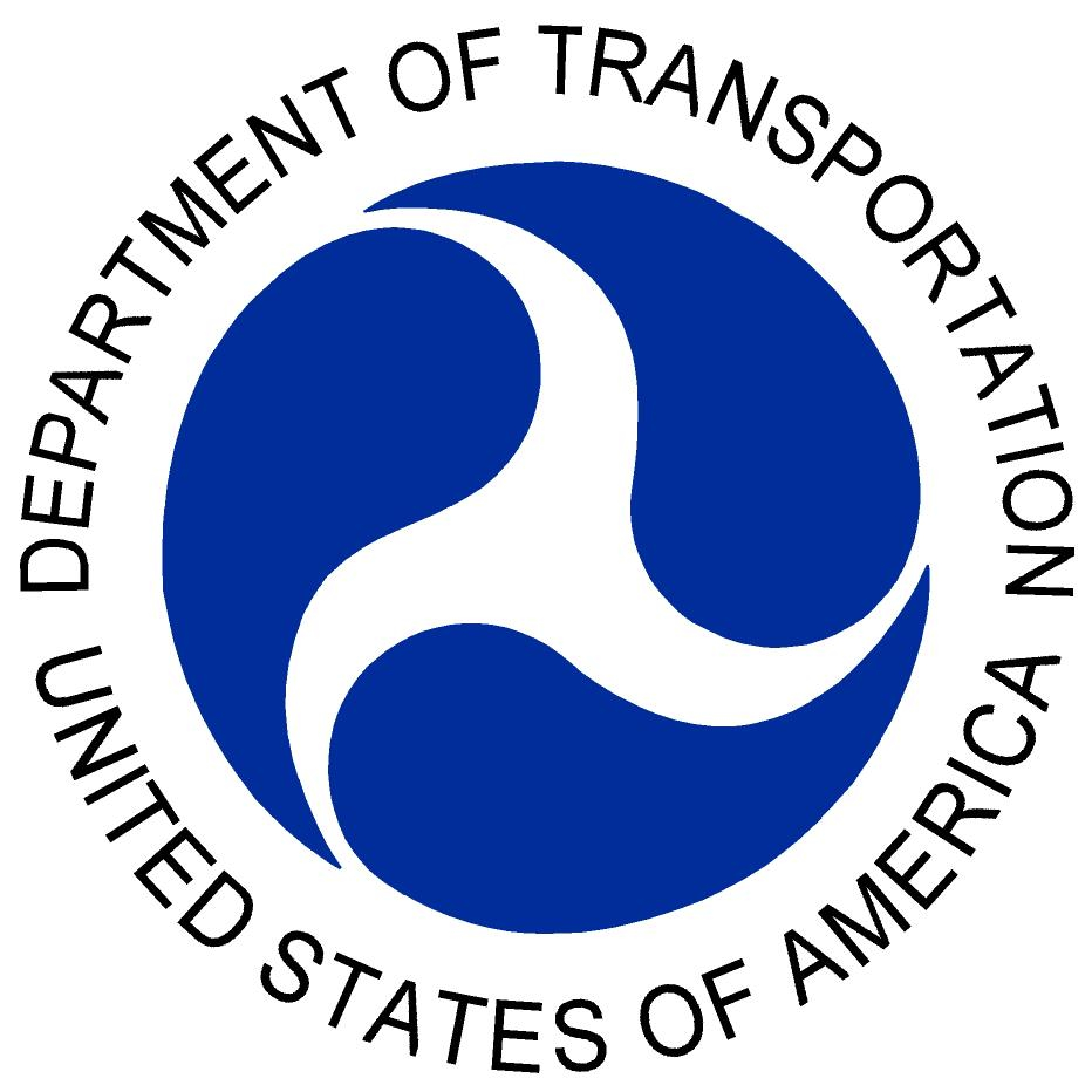 Shippers of crude oil have now faced the initial fallout from the United States Department of Transportation’s (USDOT)/Pipeline and Hazardous Materials Safety Agency’s (PHMSA)/Federal Railroad Administration’s (FRA) new “Operation Classification,” a spot inspection regimen designed to verify the accuracy of petroleum product classification and to try to increase the safety of crude shipments, particularly (but not exclusively) by rail, in the United States.
Shippers of crude oil have now faced the initial fallout from the United States Department of Transportation’s (USDOT)/Pipeline and Hazardous Materials Safety Agency’s (PHMSA)/Federal Railroad Administration’s (FRA) new “Operation Classification,” a spot inspection regimen designed to verify the accuracy of petroleum product classification and to try to increase the safety of crude shipments, particularly (but not exclusively) by rail, in the United States.
The program’s genesis was the now-infamous Montreal, Maine, & Atlantic (MM&A) unit oil train derailment in Lac Megantic, Quebec last July which resulted in a massive spill of crude oil and resultant fires and explosions which killed forty-seven Canadians and left much of the city center of Lac Megantic with extensive material and environmental damage. One issue found during the investigation of the accident was an apparent discrepancy between the Packing Group assignment of the materials which figured in the spill, and their apparently higher actual risk based on post-accident review, although whether or not selection of the correct Packing Group Assignment would have made any material difference to the potential outcome of the tragedy remains undefined. However that may be, “Operation Classification’s” no-notice inspections target the testing and classification of samples from across the spectrum of the crude oil transport chain in an effort to address this point and to ensure that correct loading, packaging, and transport regulations are followed which are consonant with the material’s defined (by Hazard Classification and Packing Group Assignment) level of actual risk.
In a press release dated Tuesday, February 4th, 2014, PHMSA alleged that eleven of the eighteen crude oil samples tested between the end of August and the beginning of November, 2013, were incorrectly classified as to Packing Group Assignment. The Notices of Proposed Violation issued for these alleged errors will go to three companies variously involved in the transport chain of the samples in question; Hess Corporation, Whiting Oil and Gas Corporation, and the Marathon Oil Company. Fines attendant to the proposed violation citations come to some $93,000.00 USD. As of press time, the companies’ response to the alleged violations was not available.
PHMSA also announced that as a result of these findings, the current inspection program would be expanded to include testing for other possible material conditions impacting product classification, including Reid Vapor Pressure, corrosivity, Hydrogen Sulfide content, and the composition and concentration of entrained gases in the tested material.
“Operation Classification” is a separate initiative from the concomitant interest in modifying the regulatory requirements governing construction of the so-called “DOT-111” railroad tank car; these cars, of which some 92,000 in number are presently in active service according to an American Association of Railroads (AAR) estimate in late 2013, are the primary carriers of liquid hazardous materials by rail in the United States and Canada. They too figured prominently in the Lac Megantic accident, the regulatory consequences of which continue to reverberate through the crude oil transport chain.
Link to official PHMSA Press release:
http://phmsa.dot.gov/staticfiles//PHMSA/DownloadableFiles/Press%20Releases/PHMSA%2001-14.pdf
Labelmaster is a full service provider of goods and services for the Hazardous Materials and Dangerous Goods professional, shippers, transport operators, and EH&S providers. See our full line of solutions at www.labelmaster.com.


